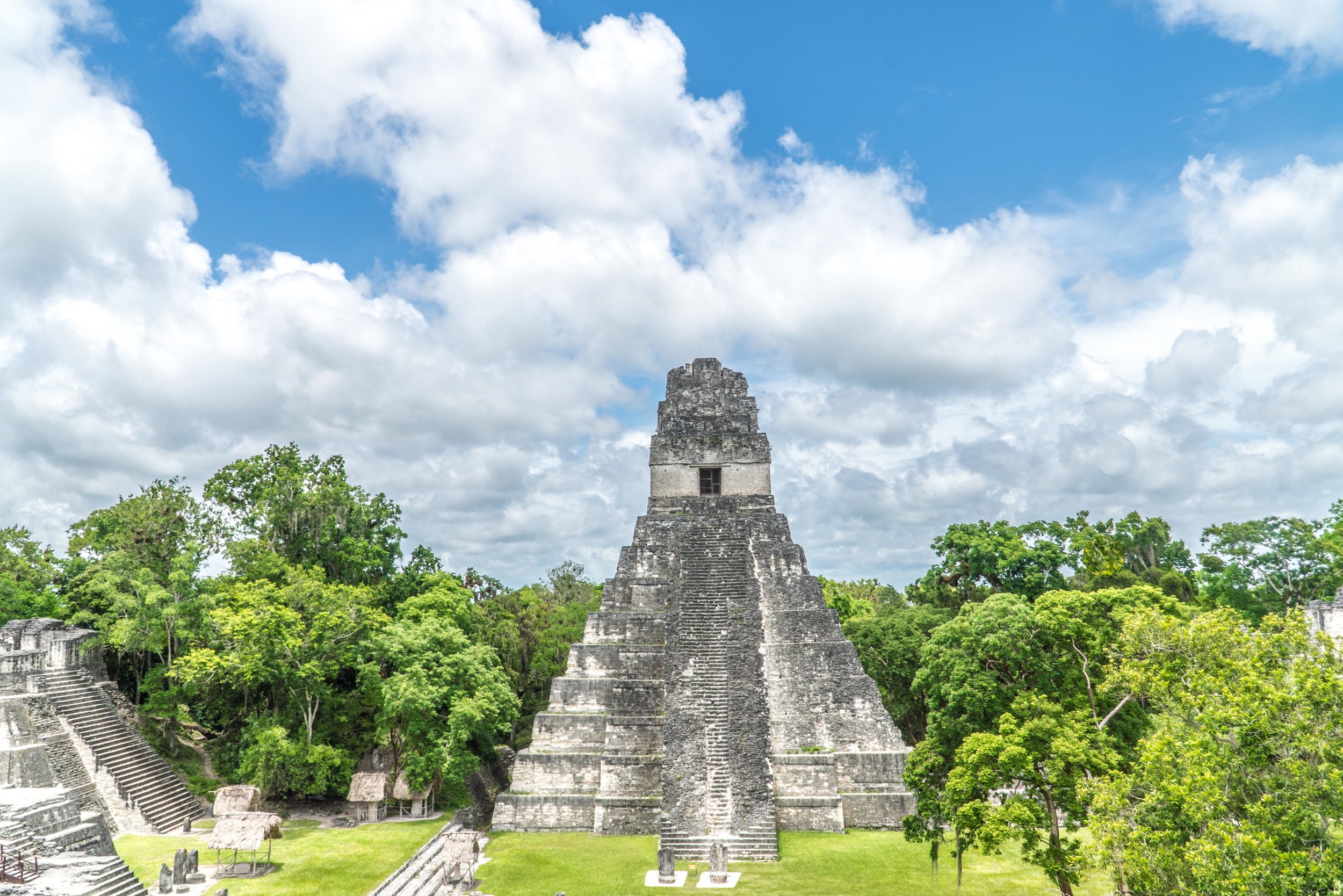Cocktail Tales: New York Sour
Welcome to “Cocktail Tales,” a new series that I’ll be doing on WTG. Each post, or rather, tale, will feature a different classic cocktail, where I’ll be coming to you with the 4-1-1 on its history, the traditional (or close to it) recipe for it, and a contemporary recipe for it.
You guys, it’s National Wine Day. No, I didn’t make that up, and yes, that’s a thing. But I know what you may be thinking, “Spencer, why are you talking about wine, when the title of the post is about cocktails?” Well Skeptical Sally, that’s because we’re making a cocktail today with wine. WHAT?! Yes, it’s happening, and it’s going to be delicious. Trust me. TRUST me.
Today’s cocktail tale, featuring the New York Sour, is full of history, pirates sailors, and whiskey. Sounds like a recipe for success. The New York Sour probably is neither a drink you frequently see on a cocktail menu, nor one that you’ve seen ordered. Yet it may sound familiar, especially if you were a fan of Boardwalk Empire, since that was the name of the season premiere of season four. Toward the beginning of the episode, when Dunn Purnsley asks what was in Alma Pastor’s glass for a top-off, Dickie simply responds, “New York Sour.”
And the New York Sour does in fact date back to prohibition, and even much further. As the name presumes, it belongs in the sour category, which dates back in America to at least the mid-1800s (where it was first seen in print), if not much further. According to cocktail historian, David Wondrich in Imbibe!, the first historical record of the sour seems to be in 1856, handwritten on a Toronto saloon’s drink list. It would then appear in print for the first time a few years later (1862) in what’s considered the Bible of cocktails, Jerry Thomas’ Bar-Tender’s Guide, or rather How to Mix Drinks or The Bon-Vivant’s Companion.
Thomas is largely considered the father of American mixology, and as the case with a number of cocktails, appears to be the first to write about the sour. His original recipe calls for the following using a small bar glass:
- 1 table-spoonful (1 tsp) of sugar
- ¼ of a lemon (juice of)
- ½ a wine glass (1 tbsp) of water
- 1 wine glass (2 oz.) of spirits
In this case, the standard spirit was brandy, rum, gin, or whiskey, though whiskey was largely added on much later than this.
But while we first see the published reference to sour cocktails in the mid-1800s, its history actually could have begun more than 100 years earlier, and was actually less voluntary enjoyment, and more involuntary prevention of disease. In the mid-1600s, sailors in the Royal Navy were given a rum allotment as part of their daily rations—often twice daily (yes, please).
However, as you may imagine, 100-plus-proof rum made for some inefficient sailors. Furthermore, the early 1700s saw scurvy that severely depleted the Royal Navy, with much more sailors dying from disease than actual war. So what was the cure? The addition of citrus, often with sugar and water, to the daily rum ration in order to both dilute the rum and ward of scurvy. That sound you hear is the sound of your mind being blown.
Nonetheless, it wasn’t long after the initial publication of the sour cocktail, that it became in many respects, the cocktail of America. The Atlanta Daily Constitution wrote in 1879, “When American meets American, then comes the whiskey sour. It was the vodka and soda of the day(Sorry, I had to).
The popularity then and now, can probably largely be accredited to its simplicity and balance. When properly made, it’s as easy, balanced, and delicious of a cocktail as you’ll find, requiring just a spirit, sweetener, and citrus. This is the core equation of a cocktail after all.
The New York Sour, however, first makes an appearance in the late-1800s. It actually seems to first have been made in Chicago, though it wasn’t called a New York Sour at that time, but rather a Continental Sour or Southern Whiskey Sour. Chicago bartenders sometimes also described it as the “claret snap.” Claret, especially at that time, was often the name generally prescribed to red wine. But it wasn’t mixing a whiskey sour with red wine, but rather gently pouring just a little dry red wine on top, giving the cocktail a red wine float.
It’s unclear how the name New York Sour stuck. The fact is that cocktails throughout the ages have often undergone a variety of names until something sticks. Since New York City has been a hotbed of cocktail culture for decades, it’s likely that the name came to be that after growing in popularity there years ago. This isn’t the first time that a drink associated with a certain destination was invented elsewhere. The Mai Tai, for example, often associated with Hawaii, was actually invented in California.
Fast-forward more than a century to present-day and the cocktail recipe for a New York sour has changed little. Almost every New York Sour recipe you find will call for 2 parts whiskey (typically rye) to one part simple syrup (equal parts water and sugar) and lemon juice, though to make it with a little bit more punch, use a couple ounces whiskey and ¾ simple syrup and ¾ lemon. Once you’ve shaken with ice and strained into an ice-filled glass, you’ll stick a spoon upside down into the glass, just over the surface of the drink, and slowly pour a ½ ounce of wine over the back of the spoon. That creates the wine float.
As I previously mentioned, if you look up just about any New York Sour recipe, it’s going to call for simple syrup. However, I like David Wondrich’s take on the traditional sour recipe (and what many old cocktail books call for), in which he recommends using fine sugar, and first mixing it with the lemon juice until combined.
But now to the actual recipe, the first of which by David Wondrich is in the style of the classic version of the New York Sour, while the second is a variation of it, a more contemporary version, which uses simple syrup and egg white.
New York Sour Cocktail Recipe
- 2 oz. rye whiskey
- 1 tsp fine or superfine sugar
- .75 oz. lemon juice
- .5 oz. dry red wine
You begin by essentially making a sour mix, combining the lemon juice and sugar together in a cocktail shaker and stirring. Then add whiskey and ice and shake. Strain into a chilled cocktail glass, such as a coupe, though some also strain over ice. Then place a spoon just over the surface of the drink, turning it over so that the bottom of it is facing up. Gently pour red wine over the back of the spoon, creating a float effect.
New York Sour Variation
- 2 oz. rye whiskey
- .5 oz. simple syrup
- .75 oz. lemon juice
- Egg white from one egg
- .5 oz. dry red wine
Since using an egg white, it's important first to dry shake all of the ingredients (except the red wine), by adding it to a cocktail shaker and shaking furiously. Then add ice and shake again for 15 seconds. Strain over ice (or without ice) into a chilled cocktail glass and top with dry red wine, using the same procedure as above.














